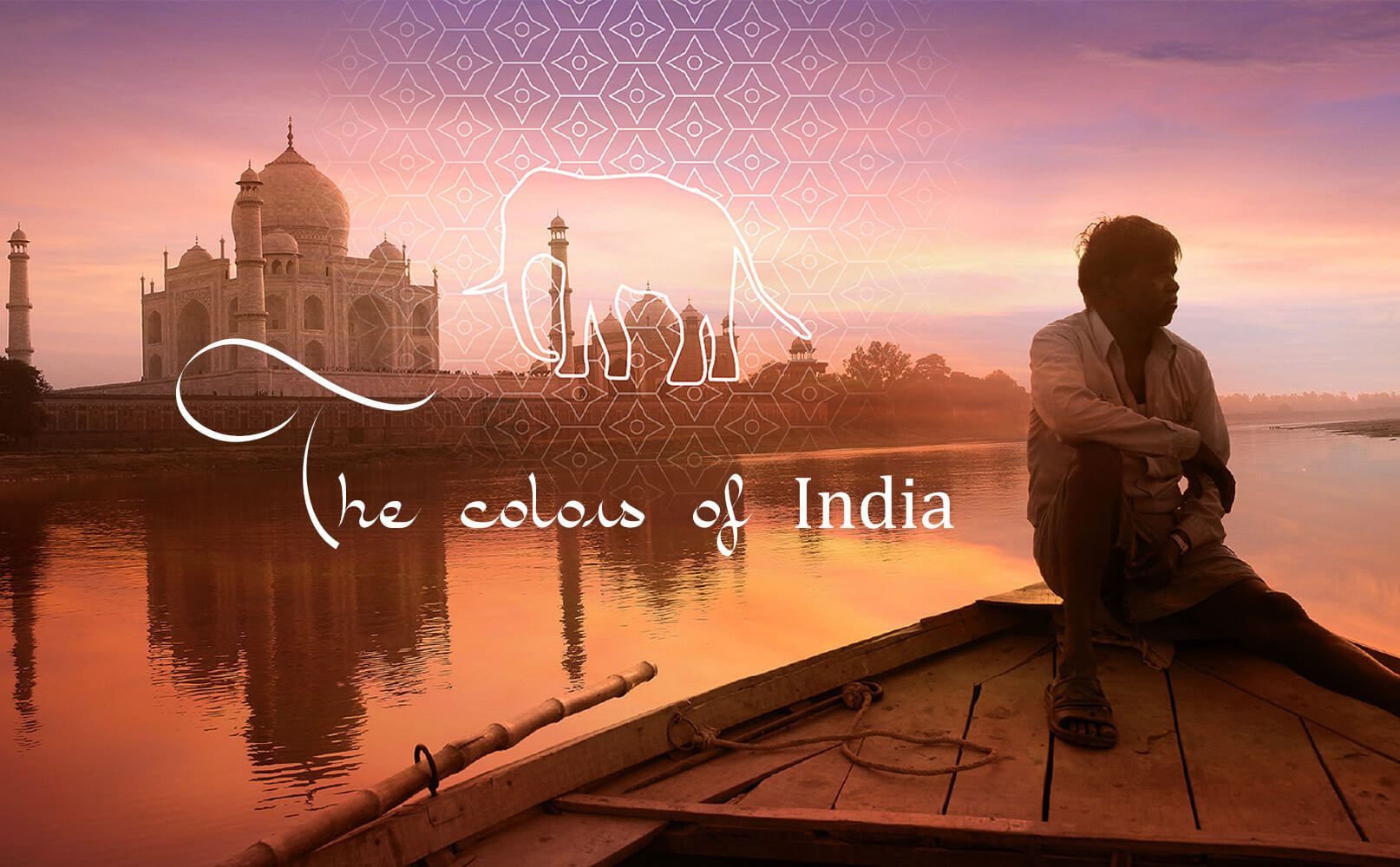- FR EN
-
FURNITURE
DECORATION
- Animals of Asia
- Architectural pieces from Asia
- Asian boxes
- Asian candle holders
- Asian dishes
- Asian Lamps
- Asian pots
- Bells
- Buddhas from Asia
- Ethnic
- Lava stones from Indonesia
- Mirrors from Asia
- Objects from Asia
- Panels from Asia
- Prakit Seehawong Mask
- Statues of Asia
- Terra cotta & Ceramics
- Textiles
- Vines from Asia

 0
0
Secure online payment by
- All rights reserved © Hindustan House 2024
- Concocted and Simmered by Webtao



































